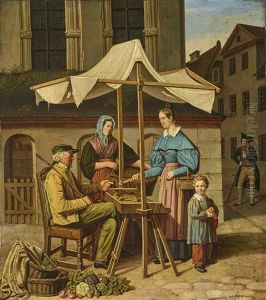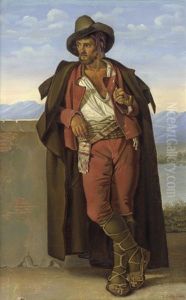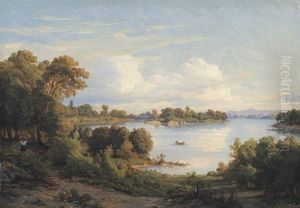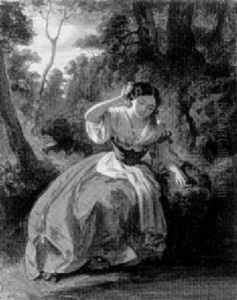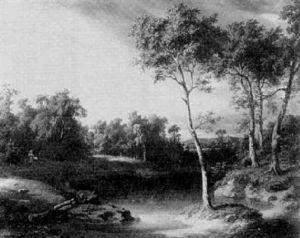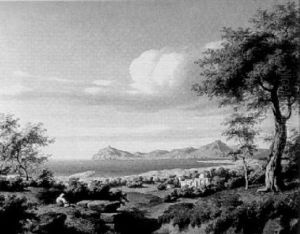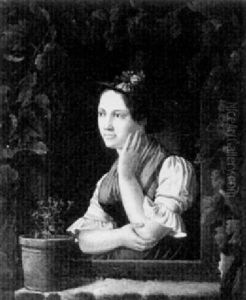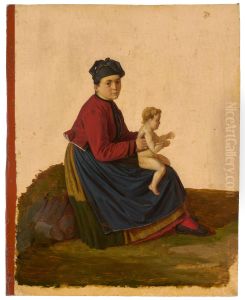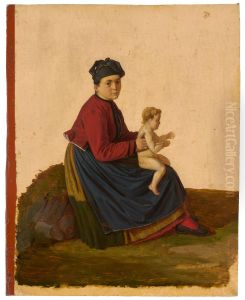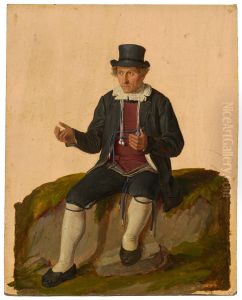Louis Coblitz Paintings
Louis Coblitz was a German-born artist known for his landscape painting, particularly his depictions of the Rhine River and its surroundings. Born in 1835 in Bonn, Germany, Coblitz developed an interest in art at a young age and pursued his passion through studies at the Düsseldorf Academy of Arts, one of the leading art schools in Germany during the 19th century. The Düsseldorf school was known for its emphasis on detailed landscape painting and naturalism, which greatly influenced Coblitz's work.
Coblitz's paintings often capture the serene beauty of the German countryside, with a particular focus on the Rhine River. His work displays a romantic sensibility, with an emphasis on mood and atmosphere. Coblitz's landscapes are characterized by their detailed rendering of foliage, water, and sky, as well as the interplay of light and shadow. Through his art, he often sought to evoke a sense of nostalgia and the sublime within the viewer, a common theme among many Romantic painters of his era.
Despite his German origins, Coblitz spent a significant part of his career in the United States. He emigrated in the latter half of the 19th century and settled in Philadelphia, where he became part of the local art scene. In the United States, his work was well received, and he gained a reputation as a skilled landscape painter. His American works continued to reflect his German training, but they also began to incorporate elements of the American landscape, particularly the scenery of Pennsylvania and the surrounding regions.
Louis Coblitz's contributions to landscape painting were recognized in his time, and he exhibited his work in various art galleries and exhibitions. Today, his paintings can be found in private collections and occasionally appear at art auctions, where they are appreciated for their craftsmanship and historical value. Coblitz passed away in 1903, but his legacy as a landscape painter who bridged German romanticism with American scenery remains part of the art historical narrative.

